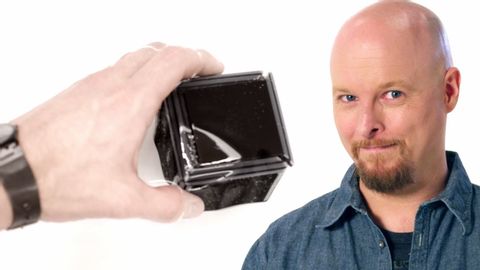
Subtitles & vocabulary
4D Printing is the Future of Design
00
Mark Lin posted on 2014/02/22Save
Video vocabulary
water
US /ˈwɔtɚ, ˈwɑtɚ/
・
UK /'wɔ:tə(r)/
- Uncountable Noun
- Clear liquid that forms the seas, rivers and rain
- Large area such as an ocean or sea
- Intransitive Verb
- (Of the eyes) to produce tears
- (Mouth) to become wet at the thought of nice food
A1
More begin
US /ˈbeɡɪn/
・
UK /bɪ'ɡɪn/
- Verb (Transitive/Intransitive)
- To do the first part of an action; to start
- To initiate or set in motion.
A1
More pool
US /pul/
・
UK /pu:l/
- Noun (Countable/Uncountable)
- Amount collected, e.g. money, for some purpose
- Small body of still water
- Intransitive Verb
- (Of a liquid) to collect into a small area
A2
More chair
US /tʃer/
・
UK /tʃeə(r)/
- Noun
- A person in charge of an official meeting
- A piece of furniture you sit on
- Transitive Verb
- To be in charge of a meeting or department
A1
More Use Energy
Unlock All Vocabulary
Unlock pronunciation, explanations, and filters
